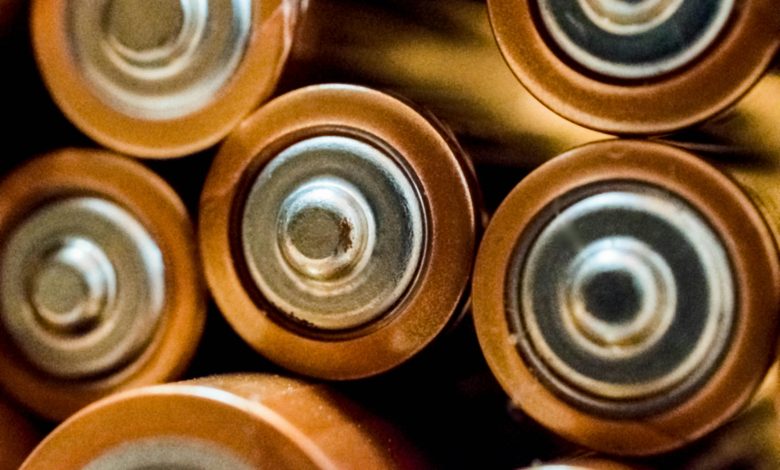What is an Electric Cell?

An electric cell is a device that converts chemical energy into electrical energy.
It consists of two electrodes, a positive electrode (cathode) and a negative electrode (anode), immersed in an electrolyte solution.
When the electrodes are connected through an external circuit, a chemical reaction occurs between the electrodes and the electrolyte.
This reaction generates a flow of electrons from the negative electrode to the positive electrode, creating an electric current that can be used to power devices.
The maximum potential difference between the two electrodes is called the electromotive force (EMF) of the cell.
The EMF provides the energy per unit charge that drives the electric current through the circuit. Electric cells are commonly used in a wide range of applications, such as powering watches, cameras, flashlights, and other portable electronic devices.
Batteries are made up of multiple connected electric cells to provide higher voltages and currents.




